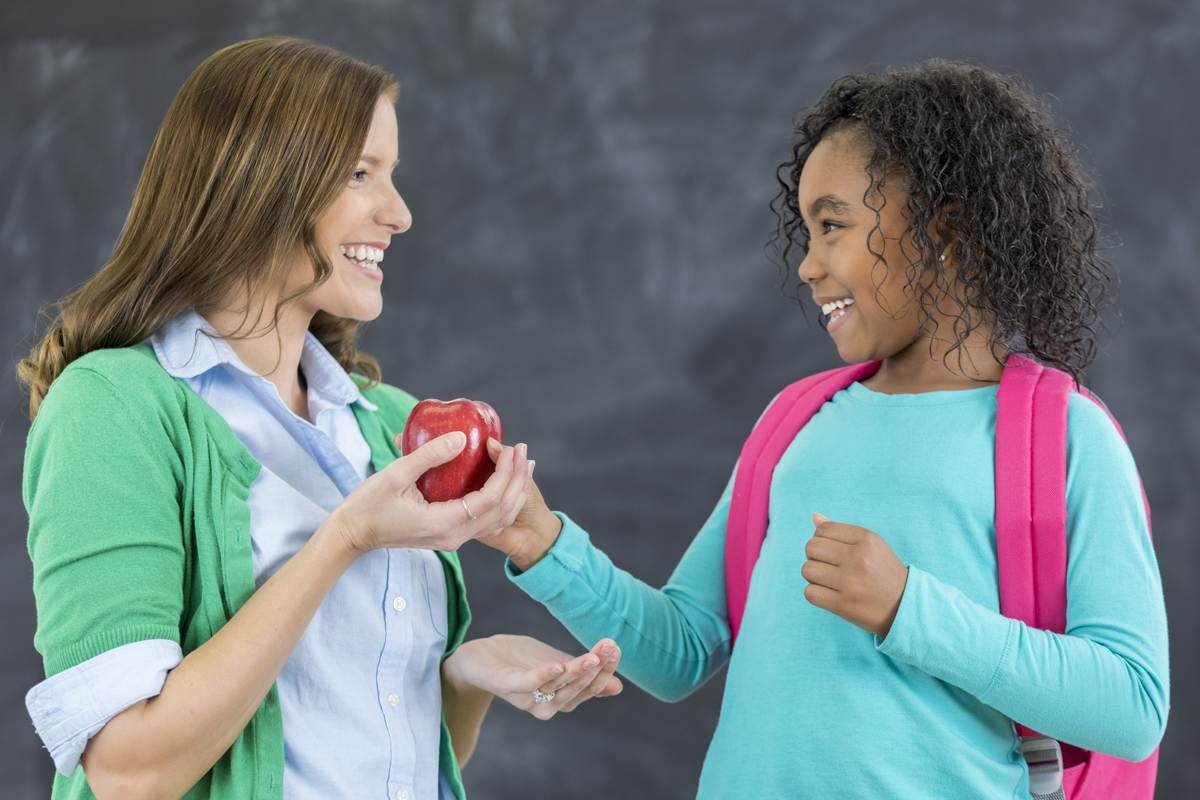Started as an international day of observation in 1998, November 13th marks World Kindness Day. It is a day that recognizes small acts of generosity to large scale efforts and our Mutt-i-grees program can drive acts of kindness. Encouraging students across the globe, to cultivate kindness and compassion will bolster their confidence and show that each and every individual has the power to make a difference. In countless studies, kindness and compassion have been linked to greater life satisfaction, stronger relationships and better mental and physical health.

To excite students about World Kindness Day, we pulled some meaningful activities from Muttigrees at Home which is part of our Muttigrees series. These can be done in the classroom or at home. We hope these activities will help your students cultivate empathy and spread words and deeds of kindness.
1. Apologize to someone you have hurt
At one point or another, we have all said or done something that hurt someone’s feelings whether we did it by accident or not. A simple way to get started in spreading kindness is to right a wrong that may have been done. Encourage empathy, by teaching your students to apologize sincerely even if it feels embarrassing to do so.
Role Play. Have your students begin by simply apologizing. Ask them to be genuine and put their empathy skills to the test. How would you want someone to apologize to you? Halfheartedly or with the full intention of making you feel better and strengthening your relationship with them?
Move on. After apologizing and doing a good deed towards the person, they move on and continue forward with a positive attitude and a willingness to continue doing kind deeds. It does not have to stop after the apology! Continuing to treat others with compassion can only encourage a better friendship between two people.
2. Help a Shelter Pet Find a Loving Home
With millions of homeless animals in shelters, a simple act of kindness can go a long way in helping a pet get adopted into a loving home.
Find Out What Your Local Shelter Needs
Shelters have “Wish Lists.” Often they need ordinary items like newspapers, gently used towels and blankets. Start collecting. These items can mean the world to a shelter pet. If even half of the students and parents at your school contribute, think of how many animals you’ll help!
Spread The Word About Animals Shelter Pets. Visit animalleague.org and post about an animal who needs a home or funding for his/her care and use #GetYourRescueOn #muttigrees. Now students will see how social media is a powerful tool to spread kindness. They will experience how one “share” or “like,” spreads their message to other newsfeeds. That sort of ripple effect is invaluable. With just one click, their message will be exposed to thousands of people who might otherwise never have known about pets awaiting adoption. That can make all the difference in the life of an animal and a student! And if you’re looking for stories to post, a great place to start is at a shelter or rescue group’s website. Videos and pictures of shelter animals waiting to be adopted, or in desperate need of unique medical care are regularly posted. Their post could be the one that saves a life and opens room for another to be adopted. Pretty powerful stuff.
Raise your voice. Got a camera on your phone? Have your student’s record a short video about why you believe it’s so important to respect and take care of animals. Then post that video on youtube and/or your social media pages. Let your students be a voice for the voiceless. They can do it in the form of a poem, a rap, or a casual conversation. Just remember to tag the post #GetYourRescueOn #muttigrees. By raising their voices together, students can advance the NO-KILL movement and change the world!
3. How do you REALLY feel?
We often make small talk in our daily lives by asking people, “How are you?” or “How’s it going?” and usually get a reply of “Good” or “Not bad, how about you?”. While there is nothing wrong with a rhetorical greeting, why not ask your students to shake things up and ask someone how they really feel? While someone may reply with a positive or neutral greeting, that does not necessarily mean that they are actually feeling happy or “good”. By sincerely asking someone how they feel, that person may get a sense that you truly do care and perhaps they will feel more comfortable getting something upsetting off their chest or elaborating on something interesting that happened in their life that they otherwise wouldn’t have. Ask your students to make someone feel that at that moment they are the most important person in the world.
4. Get Inspired.
The most effective way to get others to continue to spread acts of kindness is to lead by example. By engaging in selfless activities, others will feel motivated to do the same for those in their life. Have your student’s share their acts of kindness by posting on our Facebook page.
Take action and show that you and your kids can be ambassadors for change!

